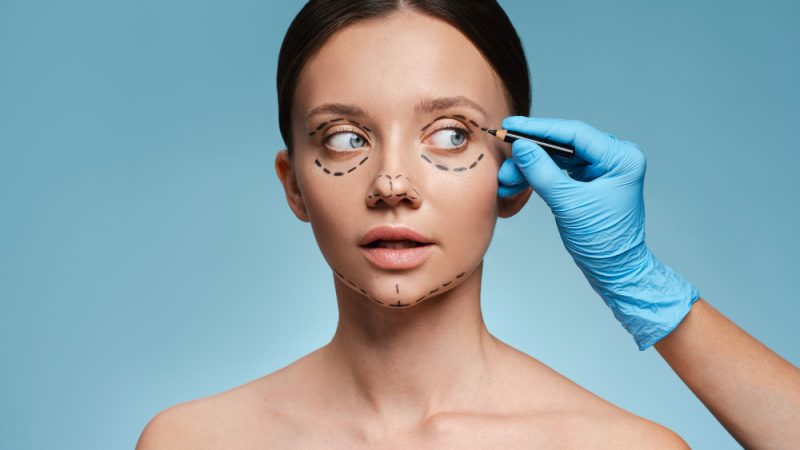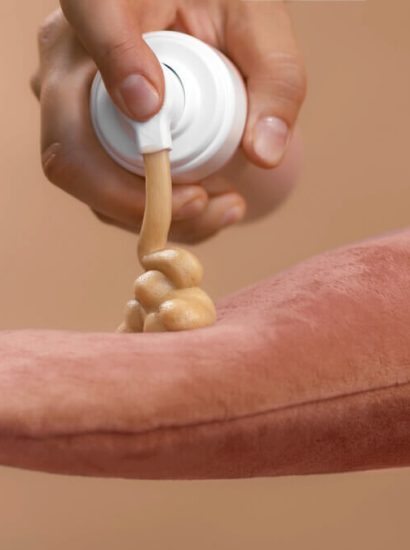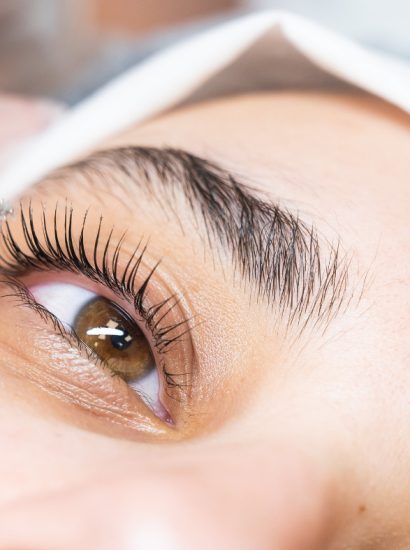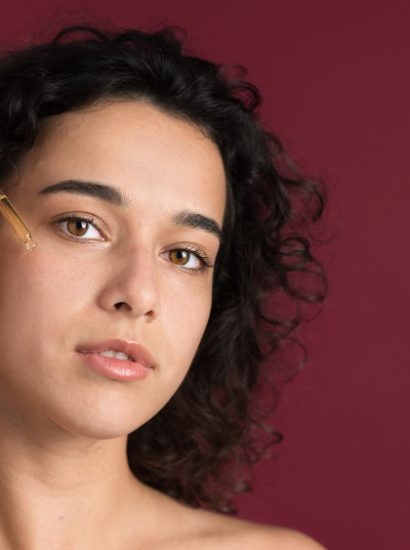Eye fillers, also known as tear trough fillers, have become increasingly popular for those seeking a fresher, more youthful appearance. Despite their popularity, there’s still a lot of misinformation floating around. If you’re considering eye fillers but feeling unsure, it’s time to clear up the confusion.
Let’s dive into 10 common myths about eye fillers — and the real facts you need to know.
1. Myth: Eye Fillers Are Only for Older People
Truth:
Many believe that fillers are reserved for those battling visible signs of aging, but that’s not entirely true. While eye fillers can address hollowness and wrinkles, younger individuals often seek them to correct natural under-eye shadows or genetic volume loss.
In fact, people in their 20s and 30s are increasingly turning to eye fillers to maintain a fresh and vibrant look.
2. Myth: Eye Fillers Will Make You Look Fake
Truth:
When done correctly by an experienced injector, eye fillers should look completely natural. The goal is subtle enhancement — smoothing out hollows, reducing dark circles, and restoring youthful contours — without anyone guessing you had anything done.
The “fake” look often associated with fillers usually results from overfilling or poor technique, not the product itself.
3. Myth: All Fillers Are the Same
Truth:
Not all fillers are created equal, especially when it comes to the delicate under-eye area.
Hyaluronic acid fillers, such as Restylane or Juvéderm, are most commonly used for the eyes because they are softer, moldable, and reversible.
Using the wrong type of filler can lead to complications like puffiness, discoloration, or unevenness, which is why choosing the right product — and a qualified provider — is crucial.
4. Myth: Eye Filler Results Are Permanent
Truth:
Eye filler results are long-lasting but not permanent. Most under-eye fillers last between 9 months to 2 years, depending on the type of filler used, your metabolism, and lifestyle factors.
Because fillers are naturally broken down by the body over time, maintenance treatments are needed to keep up the results.
5. Myth: Getting Eye Fillers Is Extremely Painful
Truth:
The idea of needles near the eyes understandably makes many people nervous. However, most clinics use topical numbing creams and tiny cannulas (blunt-ended needles) to minimize discomfort.
Most patients report feeling slight pressure or mild pinching during the procedure — not pain. It’s generally much more tolerable than people expect.
6. Myth: Eye Fillers Can Fix All Under-Eye Problems
Truth:
While eye fillers can work wonders for hollowing and volume loss, they aren’t a miracle cure for every under-eye issue.
If your dark circles are caused by pigmentation (not shadowing from volume loss), or if you have very loose skin, fillers may not be the best solution. In some cases, laser treatments, chemical peels, or surgical options may be recommended instead.
A good injector will evaluate your unique needs and suggest the best course of action.
7. Myth: You’ll Look Worse If You Don’t Keep Getting Them
Truth:
One common fear is that stopping fillers will leave you looking worse than before. Fortunately, this isn’t true.
When fillers dissolve or are metabolized, your face simply returns to its natural state. You might notice the contrast if you were used to the added volume, but fillers do not accelerate aging or cause your under-eye area to sag.
8. Myth: Eye Fillers Are Risk-Free
Truth:
Although eye fillers are generally safe when performed by skilled professionals, they are not completely risk-free.
Potential complications can include swelling, bruising, lumps, asymmetry, or — in rare cases — vascular occlusion (blockage of a blood vessel).
This is why it’s absolutely essential to choose an experienced, medically certified injector who specializes in under-eye treatments.
9. Myth: You’ll See Results Immediately
Truth:
While you might notice an instant improvement after the procedure, the final results typically take a few weeks to fully settle.
Initial swelling and minor bruising can distort the look right after injection, making it appear uneven or puffier than expected.
Patience is key — most doctors recommend waiting two to three weeks for full settling before evaluating the final outcome.
10. Myth: Anyone Can Perform Eye Filler Injections
Truth:
The area around the eyes is extremely delicate and complex, with many tiny blood vessels. Eye fillers require special training, an artistic eye, and medical expertise.
You should only trust licensed dermatologists, plastic surgeons, or specialized aesthetic practitioners with significant experience in tear trough treatments. Choosing the wrong provider can lead to serious complications or unsatisfactory results.
Conclusion: Trust the Facts About Eye Fillers
Eye fillers can be life-changing, offering subtle rejuvenation that boosts your confidence and enhances your natural beauty. However, misinformation and myths can create unnecessary fear or unrealistic expectations.
By understanding the truth behind these 10 myths, you’ll be better prepared to make informed decisions, choose the right provider, and enjoy beautiful, natural-looking results.
If you’re thinking about getting eye fillers, do your research, consult with trusted experts, and remember: a little knowledge goes a long way toward achieving the refreshed, youthful appearance you deserve.
FAQs About Eye Fillers
1. How long do eye fillers typically last?
Eye fillers generally last between 9 months to 2 years, depending on the type of filler used and individual factors like metabolism and lifestyle.
2. Can eye fillers be dissolved if I don’t like the results?
Yes! Most under-eye fillers are made of hyaluronic acid, which can be dissolved using an enzyme called hyaluronidase if needed.
3. What’s the best age to start getting eye fillers?
There’s no “perfect age” — it’s more about your specific concerns. Some start in their late 20s or early 30s for preventative purposes, while others wait until later.
4. Are there any side effects of eye fillers?
Common side effects include temporary swelling, bruising, or tenderness. Rare risks include lumps, unevenness, or vascular complications, which is why an experienced injector is crucial.
5. How much do eye fillers usually cost?
Costs vary widely based on your location, provider expertise, and the type of filler used. On average, expect to pay between $600 to $1,200 per session.
Also read : Moroccanoil Curl Defining Cream: 10 Ways to Get Perfect Waves Every Time





